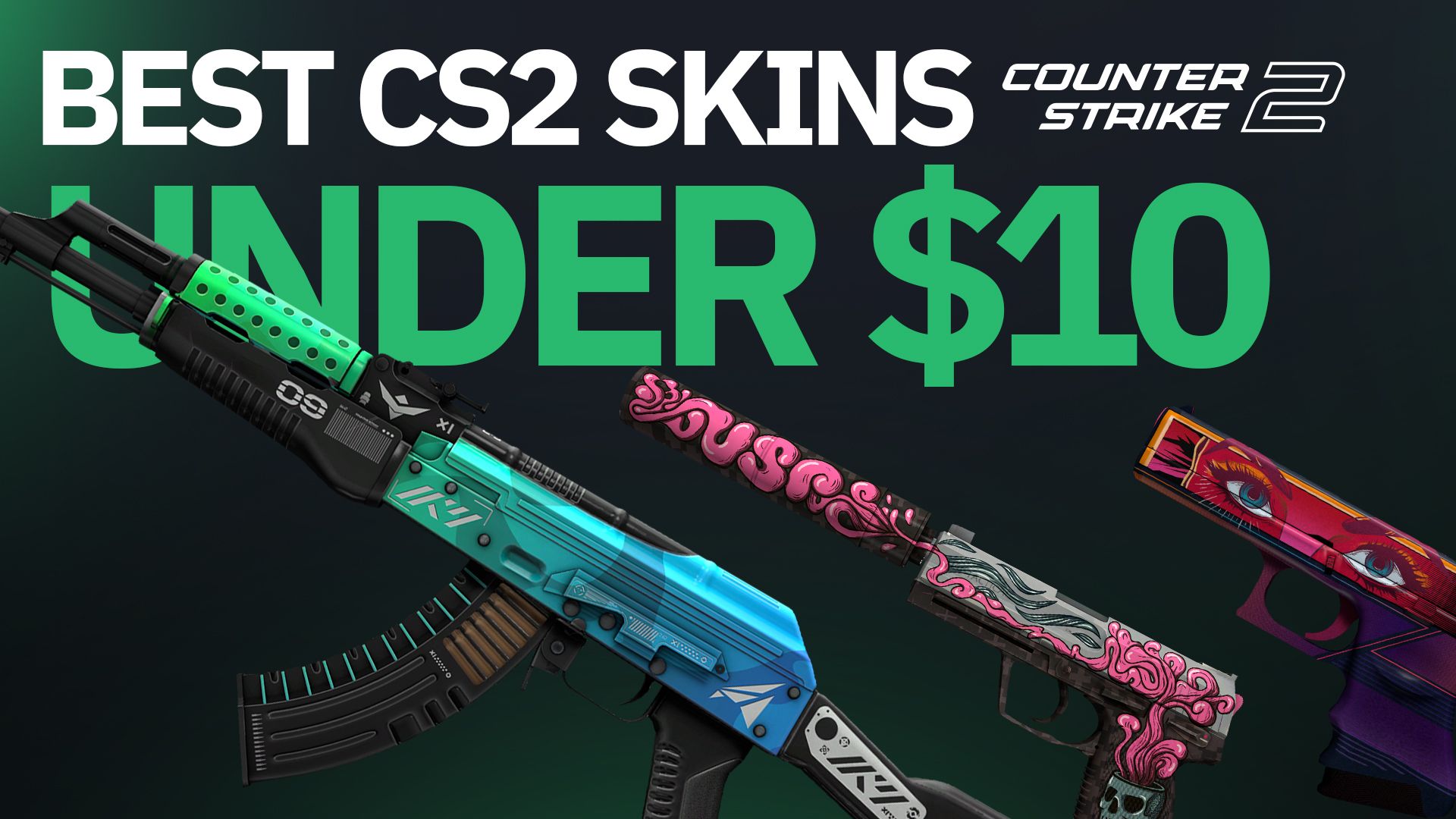Dasiwang: Your Gateway to Trending Insights
Stay updated with the latest news, trends, and insights across various topics.
Skinsational Trends: How CS2 Skins Shape Gamer Identity
Explore how CS2 skins redefine gamer identity and bring style to the battlefield. Dive into the latest trends shaping your virtual persona!
The Evolution of CS2 Skins: A Journey Through Gamer Identity
The world of CS2 skins has undergone a remarkable transformation, becoming a symbol of gamer identity since the early days of Counter-Strike. Initially, weapon skins were simple color variations, lacking personalization and uniqueness. As the community grew, player demand for diverse and creative designs led to the introduction of more intricate skins, ranging from vibrant color schemes to elaborate patterns. This evolution reflects not just a visual enhancement but an essential aspect of how players express their individual identities within the game. CS2 skins have transcended their mere cosmetic purpose, turning into artifacts that signify a player’s status, achievements, and style.
With the rise of market transactions and collectibility, the economy surrounding CS2 skins has also flourished, leading to a bustling marketplace where players trade and sell their favorite designs. Each skin tells a story, not only of aesthetic appeal but also of cultural trends and community sentiments. As technology continues to advance, and with the integration of augmented reality and blockchain, the future of CS2 skins promises to enhance the sense of ownership and connection gamers feel towards their avatars. This journey through the evolution of CS2 skins encapsulates a broader narrative of identity, community, and the impact of digital expression in gaming.

Counter-Strike is a popular team-based first-person shooter game that has evolved through several iterations, with the most recent being Counter-Strike 2 (CS2). Players engage in tactical gameplay, competing in various modes and maps while utilizing different strategies to outsmart their opponents. A key aspect of CS2 is the range of customizable CS2 Weapon Skins that allow players to personalize their weapons and express their unique style.
How CS2 Skins Influence Social Status in Gaming Communities
CS2 skins have transcended their primary role as mere cosmetic upgrades and have become a significant factor in determining social status within gaming communities. Players often associate specific skins with skill, prestige, or even exclusivity. For instance, a player wielding a rare and visually striking skin can be perceived as more experienced or competent, creating a hierarchy based on what players showcase in their arsenals. This phenomenon is particularly evident in competitive scenarios, where certain skins may denote membership in elite circles or associations with professional players, thus elevating their owner's status among peers.
The influence of CS2 skins on social status extends beyond individual perception to the broader community dynamics. Players often engage in the trading and selling of skins as a way to assert their wealth or dedication to the game. This practice reinforces community bonds, as players often seek to acquire or flaunt rare items to gain respect and recognition. Additionally, online platforms and forums often discuss these aspects, creating an ecosystem where the value and desirability of skins shape interactions. Ultimately, the skin one possesses can reflect not just personal taste but also one's standing within the vibrant tapestry of gaming culture.
What Do Your CS2 Skins Say About You? Understanding Gamer Identity Through Customization
In the world of gaming, particularly in competitive environments like CS2, the customization of weapon skins serves as a unique form of self-expression. Your choice of skins can reveal a lot about your personality and play style. For instance, opting for brightly colored, flashy skins might indicate that you have a bold and confident approach to gaming, while those who prefer more understated or stealthy designs might lean towards a strategic and tactical mindset. Additionally, skins often carry cultural significance, with some gamers choosing specific designs that resonate with their identity or values, such as community-made skins that support charitable causes.
Moreover, the financial investment in CS2 skins can also reflect a gamer’s identity. Players who actively trade or collect rare skins often see themselves as part of the larger gaming economy, viewing their collection as an asset. This behavior can foster a sense of belonging to a specific community, whether it’s the collectors, traders, or just casual gamers. Ultimately, understanding how these customizations impact gamer identity is crucial for both players and developers alike, as it highlights the deep connections that gaming fosters beyond mere competition.